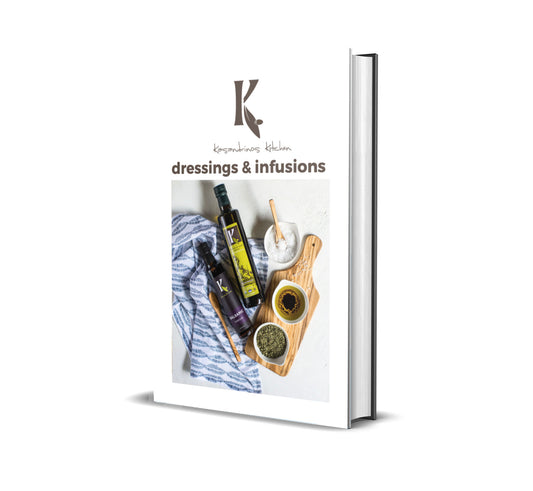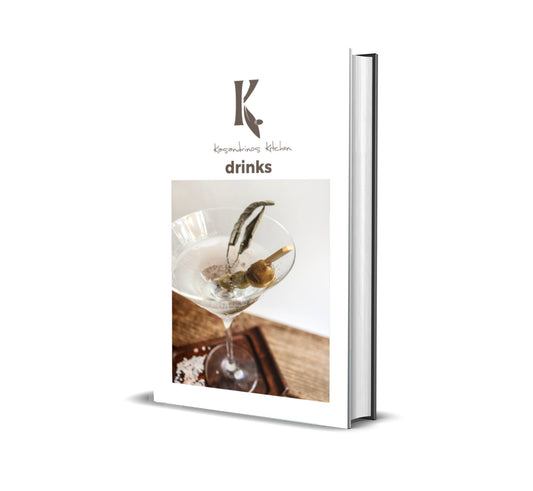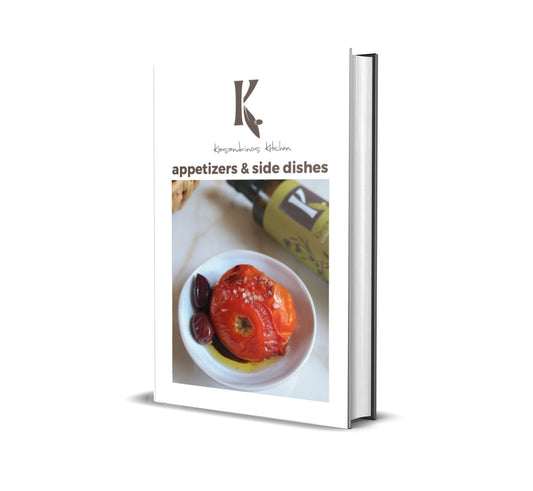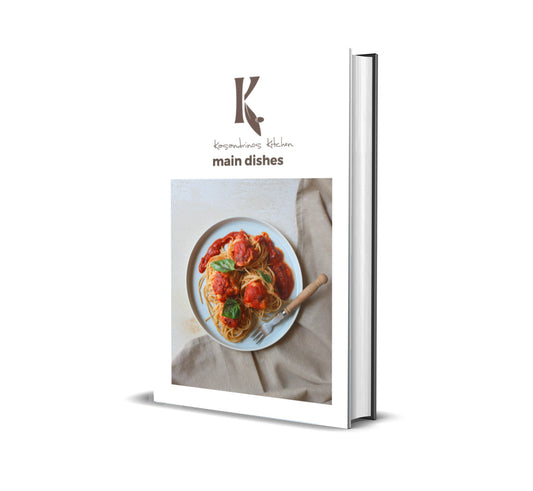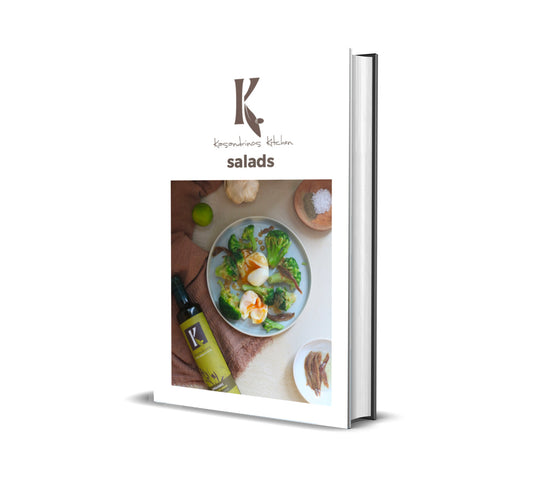We all deserve a good olive oil on our table and finding a high-quality product may prove more than challenging for the average buyer. But fear not! We got your back and we put together a Simple Olive Oil Shopping Guide
to help you make an informed decision on your next purchase.
First impressions last and in this case, you can judge a book by its cover- or an olive oil by its bottle. The first thing you see as a customer is the packaging. And you can tell a lot about the product and the producer. Putting aesthetics aside the utilitarian purpose of a bottle is to ensure that the product is properly protected from exposure to light, oxygen, and heat. A trustworthy olive oil producer always pays attention to the bottles, to communicate the quality of their product. When it comes to olive oil that translates to a dark, thick bottle made of glass.
In terms of both health benefits and flavor, the freshness of olive oil is vital. The antioxidants and polyphenols degrade over time so prioritizing freshness is a smart move. Think of it a juice. Which is, in fact, accurate as olive oil is indeed a fruit juice. The fresher the better. A brand that sells exclusively olive oil from the current year’s harvest is the way to go for premium freshness! Check the ‘best by’ and the harvest dates on the bottle.
From tree to bottle there should be one ingredient only. Simple, clean and potent! Pure and unadulterated is the only way an olive oil should reach your table. Jaw-dropping flavor second to none!
No olive is a bad olive, we are not discriminating, but some kinds are prized for their distinctive use in producing extra virgin olive oils such as Koroneiki. Offering robust and well-rounded flavors, olives that are perfect for making oil should deliver an aromatic, strongly flavored oil. Make sure to check the labels before you commit to making a purchase and remember that a monovarietal oil is the best way to go. Less is more. If you the topic as fascinating as we do we have an entire blog post dedicated to the Different kinds of olives so make sure to check it out!
Settle for nothing less than extra virgin. To avoid excessive industrial refining and get the highest quality of oil without the use of any solvents it’s important to keep an eye on the classification on the label and do your research regarding the transparency of the producer. Approximately 70% percent of olive oil samples labeled as extra virgin found in several supermarkets in California failed to meet the IOC/USDA standards for extra virgin olive oil according to a widely-cited report by the University of California.
These are the key boxes that you need to tick as an informed, well-educated consumer! We are always here to answer your questions and provide information that will help you make a fully informed decision. After all, we do love to talk about olive oil so drop us a line!
